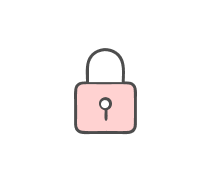Inbound Access To A Windows Terminal Server
- CISSP
- CompTIA Security+
2.
You may optionally provide this to label your report, leaderboard, or certificate.
×
Thank you for your feedback!
















